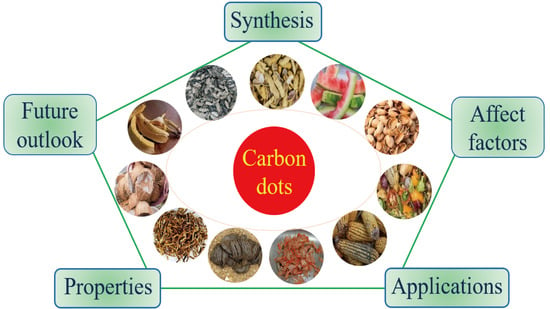A Review of Carbon Dots Produced from Biomass Wastes
Abstract
Share and Cite
Kang, C.; Huang, Y.; Yang, H.; Yan, X.F.; Chen, Z.P. A Review of Carbon Dots Produced from Biomass Wastes. Nanomaterials 2020, 10, 2316. https://doi.org/10.3390/nano10112316
Kang C, Huang Y, Yang H, Yan XF, Chen ZP. A Review of Carbon Dots Produced from Biomass Wastes. Nanomaterials. 2020; 10(11):2316. https://doi.org/10.3390/nano10112316
Chicago/Turabian StyleKang, Chao, Ying Huang, Hui Yang, Xiu Fang Yan, and Zeng Ping Chen. 2020. "A Review of Carbon Dots Produced from Biomass Wastes" Nanomaterials 10, no. 11: 2316. https://doi.org/10.3390/nano10112316
APA StyleKang, C., Huang, Y., Yang, H., Yan, X. F., & Chen, Z. P. (2020). A Review of Carbon Dots Produced from Biomass Wastes. Nanomaterials, 10(11), 2316. https://doi.org/10.3390/nano10112316






